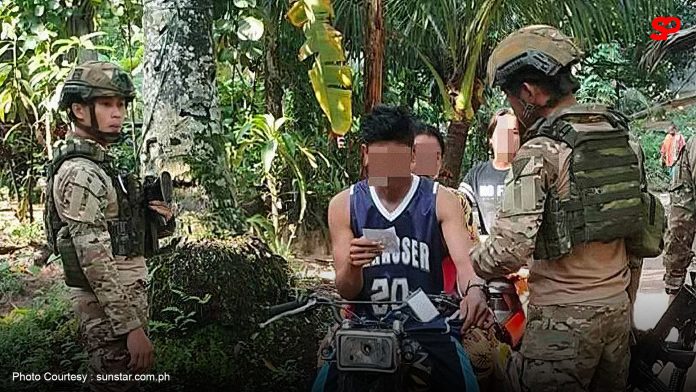By Sam Ramos
Police have identified two more suspects in connection with the October 17 abduction of American citizen Elliot Eastman in Zamboanga del Norte. The suspects, both residents of Sibuco, were previously unidentified and listed as John Does in the initial case filing, according to Police Brigadier General Bowenn Joey Masauding, director of the Police Regional Office in Zamboanga Peninsula.
Brig. Gen. Masauding confirmed on Saturday, November 2, that the two suspects are believed to have played direct roles in the kidnapping. Zamboanga del Norte’s provincial prosecutor accepted supplemental affidavits and additional evidence against the suspects on Friday, November 1. These newly identified individuals join three previously named suspects, all of whom are now subject to an active manhunt by authorities.
Charges of kidnapping and serious illegal detention were initially filed against the first identified suspects on October 29, following extrajudicial confessions from two of them who claimed that Eastman would be released upon payment of a ransom. Despite these statements, authorities report there has been no verified proof of life for Eastman, now missing for over two weeks. However, the Critical Incident Management Task Group continues to pursue all leads in efforts to locate and recover Eastman safely.
Eastman, originally from Vermont and married to a local resident, was abducted at gunpoint from his coastal home in Barangay Poblacion, Sibuco, on October 17. During the incident, Eastman reportedly resisted, leading one of the assailants to shoot him in the leg before dragging him to a motorboat that sped away into open waters.
The kidnapping reflects the ongoing challenges in securing remote coastal areas in the southern Philippines, where incidents of abduction-for-ransom have occurred intermittently over the years. While significant security improvements have been made, occasional incidents involving foreign nationals and local residents highlight the persistent risks in the region, as government agencies work to counter these security threats through intelligence and coordinated efforts.

